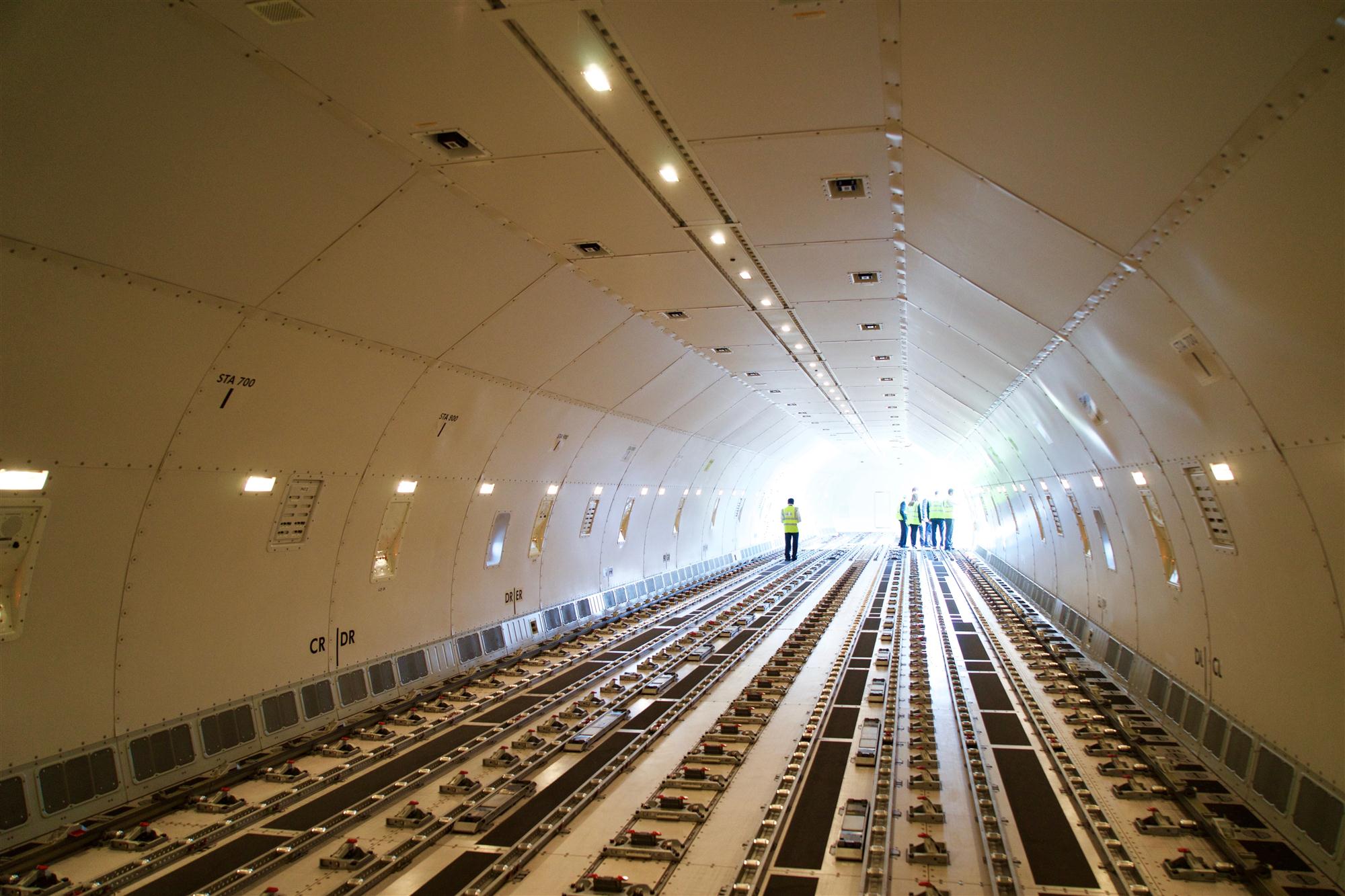Global air freight demand grew by 9% year-on-year in 2017, more than double the growth experienced in 2016, according to full-year data released by the International Air Transport Association.
According to IATA, 2017 was the strongest calendar year of growth since 2010. Air freight also outperformed global goods trade by the widest margin since 2010, driven by the restocking cycle and buoyant demand for manufactured exports, as well as by strong consumer confidence and growing sectors such as e-commerce and pharmaceuticals.
Freight capacity rose by just 3% in 2017, the slowest annual capacity growth seen since 2012. As a result, the global industry-wide load factor increased by 2.5 percentage points compared to 2016 to 45.5%.
In December 2017, air cargo demand grew by 5.7% year-on-year, compared to the five-year average of 4.7%. Available capacity grew by 3.3% year-on-year.

“Air cargo had its strongest performance since the rebound from the global financial crisis in 2010,” said Alexandre de Juniac, director general and CEO of IATA. “Demand grew by 9.0%. That outpaced the industry-wide growth in both cargo capacity and in passenger demand. We saw improvements in load factors, yields and revenues. Air cargo is still a very tough and competitive business, but the developments in 2017 were the most positive that we have seen in a very long time.”
While airlines in all regions reported an increase in demand in 2017, African carriers were the best performers, with an international FTK growth of 25.2%. This was only the second time since 1990 that they had topped the list. Strong traffic between Africa and Asia was a major contributor to the growth.
Asia-Pacific carriers flew 8.7% more international FTKs than in 2016, driven by increased demand for Chinese and Japanese exports as well as by a pick-up in the European economy and a continued solid US economy.
International FTKs flown by Middle Eastern carriers grew by 8.1%, but the region’s share of global FTKs flown fell for the first time since 2000.
European airlines accounted for the second-fastest growth rate in 2017 at 11.9%, on the back of rising demand for exports of goods made in the region.
North American airlines posted a 7.9% increase in international FTKs, helped by the strength of the US economy and dollar.
Meanwhile, airlines based in Latin America, which have not had an increase in international FTKs for the past two calendar years, saw a growth of 5.8% in 2017. This was due in part to a recovery in Brazil, the continent’s largest economy.
![Self Photos / Files - HKG [3] Self Photos / Files - HKG [3]](/Upload/news/2368/self/013c9cfedcd3481eb8c6cf416cb61a54.jpg)
“The outlook for air freight in 2018 is optimistic,” said de Juniac. “Consumer confidence is buoyant. And we see growing strength in international e-commerce and the transport of time- and temperature-sensitive goods such as pharmaceuticals. Overall the pace of growth is expected to slow from the exceptional 9.0% of this year. But we still expect a very healthy 4.5% expansion of demand in 2018. Challenges remain, including the need for industry-wide evolution to more efficient processes. That will help improve customer satisfaction and capture market share as the expectations of shippers and consumers grow ever more demanding.”




